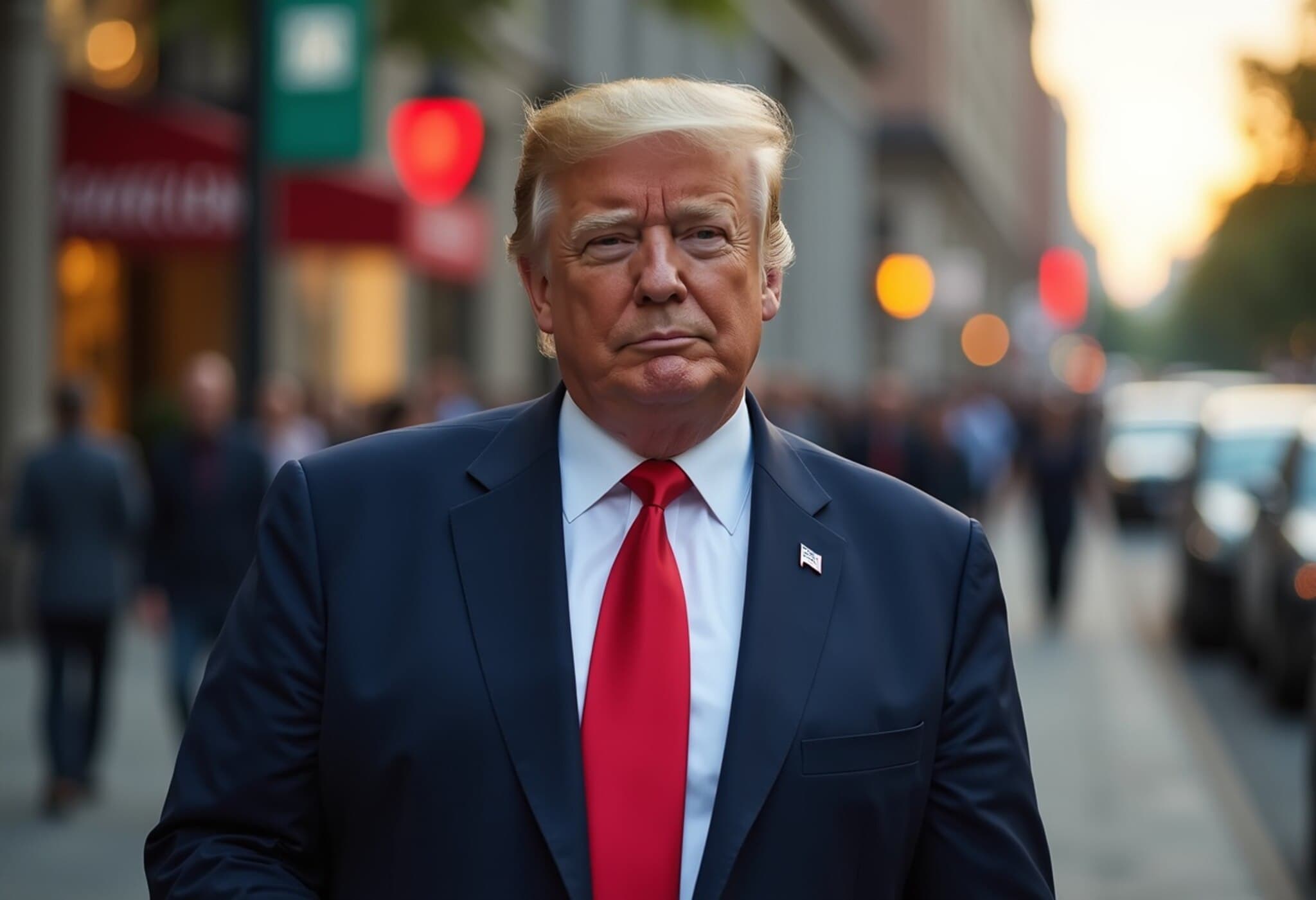China Accelerates Yuan Promotion Amidst U.S. Dollar Weakness
In a strategic move to boost its currency's global standing, China is intensifying efforts to promote broader international use of the yuan (renminbi). This drive gains urgency as confidence in the U.S. dollar experiences a noticeable decline, with the dollar index plunging over 9% so far this year, while the offshore yuan has gained more than 2% against the greenback.
Opening New Investment Channels for Foreign Institutions
China has recently expanded access for qualified foreign institutional investors to trade a wider array of futures and options contracts on its mainland exchanges. Starting last week, investors can tap into 16 additional futures and options contracts spanning commodities like natural rubber, lead, and tin, listed on major exchanges including Dalian, Shanghai, and Zhengzhou.
This move builds on earlier expansions this year that broadened foreign investors' ability to hedge through diverse contracts while simultaneously elevating the yuan’s role in global commodity pricing.
Efforts also include gathering market feedback on introducing yuan-based collateral frameworks for trades, as announced by the Shanghai Futures Exchange, and plans to permit qualified foreign investors to utilize yuan swaps for hedging.
Strengthening Digital Infrastructure and Market Access
Complementing market reforms, Beijing is advancing digital currency initiatives and infrastructure designed to bolster yuan transactions. The People's Bank of China unveiled the Digital Currency Electronic Payment (DC/EP) to improve efficiency and reduce dependency on cash.
A notable step includes permitting foreign financial giants to establish wholly owned brokerage subsidiaries to offer commodity futures in mainland China, with future expansion into equity and fixed-income derivatives anticipated upon regulatory approval.
Challenges on the Road to Yuan Internationalization
Despite these advances, significant hurdles remain. China's tighter capital controls and less transparent governance discourage broader foreign asset inflows, contrasting with the U.S. market’s expansive liquidity and rule of law. Experts caution that geopolitical risks associated with China’s markets are yet to be fully addressed, tempering enthusiasm among global investors.
Rising Yuan Use in Global Payments and Trade
Beyond investments, yuan’s footprint is growing in cross-border settlements. China has built an extensive network of offshore yuan clearing banks and promoted its cross-border interbank payment system. Increasingly, Chinese banks lend to emerging markets using yuan instead of dollars, capitalizing on lower costs.
Hong Kong’s yuan-based financing options for businesses have also expanded, facilitating trade and currency use. Notably, many Chinese companies expanding internationally, particularly small online sellers, are leveraging the currency for operations abroad.
Current Standing and Outlook
Although yuan’s share in global payments dipped slightly to 2.89% in May—ranking sixth worldwide—it remains a growing force alongside traditional heavyweights like the U.S. dollar (48.46%) and euro (23.56%).
Amid geopolitical shifts and fluctuating U.S. policies, many investors are diversifying holdings, turning to the yuan as an alternative emerging-market currency. Institutional data points to sustained inflows into yuan assets, signaling cautious optimism about its steady rise.
Conclusion
China’s multifaceted approach—from expanding futures markets and digital currency development to encouraging foreign investment and cross-border yuan use—marks a calculated push to challenge the dollar's supremacy. While challenges persist, the yuan's internationalization trajectory reflects both Beijing’s ambitions and the evolving dynamics of global finance.



















